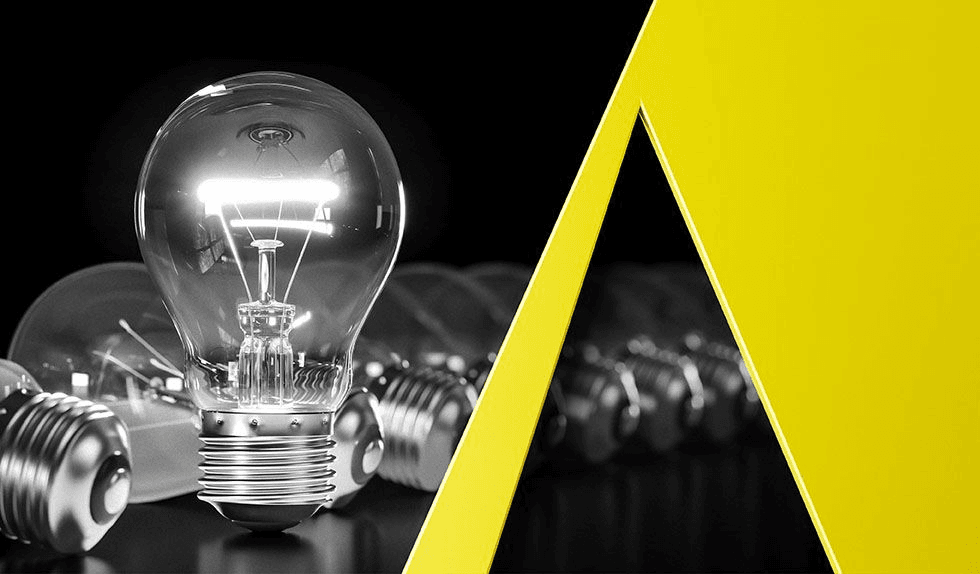Before the court’s decision in this case, the defendant had challenged certain independent and dependent claims in an IPR. The relevant principal prior art reference was a printed publication known as “Vornefeld.” The Patent Trial and Appeal Board (PTAB) issued a final written decision finding unpatentable the independent claims, given patent owner’s concession that the elements of those claims were disclosed by Vornefeld. After the Federal Circuit affirmed the PTAB’s decision, defendant filed supplemental invalidity contentions that identified a broadband wireless access system (the “Navini System”) as prior art. Vornefeld did not reference the Navini System. Defendant’s expert stated that the patent’s dependent claims were obvious in view of the Navini System when combined with either the knowledge of a person of ordinary skill in the art or the Toshimitsu reference, a printed publication.
Plaintiff sought to estop the defendant from raising the combination of Toshimitsu and the Navini System under 35 U.S.C. § 315(e)(2), which estops an IPR petitioner from raising invalidity grounds in subsequent litigation that it raised, or reasonably could have raised, in the IPR proceeding. The court explained that while a petitioner may seek IPR of a patent only on the “basis of prior art consisting of patents or printed publications,” prior art systems cannot be raised during IPR proceedings. According to plaintiff, however, estoppel should apply to the asserted prior art combinations, even though they contained a prior art system, because (1) the Navini System offered nothing new over the Vornefeld reference, and (2) the Navini System was duplicative of Vornefeld since plaintiff had conceded that Vornefeld disclosed all elements of the independent claims. The court rejected both arguments.
Contrary to plaintiff’s characterization, the court found that defendant was alleging that the Navini System disclosed not only the elements of the independent claims, but also certain elements of the dependent claims. The court also rejected plaintiff’s argument that the system art was necessarily subsumed by Vornefeld simply because plaintiff had conceded that Vornefeld had disclosed all the elements of the independent claims. To the court, that reasoning would prompt the conclusion that any prior art system that also disclosed the conceded claim elements would be subsumed by the base reference and trigger estoppel. The court characterized plaintiff’s argument as asking the court to extend the scope of IPR estoppel to a system combination that could not have been raised and was not described or discussed in the IPR. Thus, the court declined to “endorse this expansion of estoppel law.”
Much of plaintiff’s reasoning relied on Wasica Fin. GmbH v. Schrader Int’l, Inc., 432 F. Supp. 3d 448 (D. Del. 2020), appeal dismissed, No. 2020-2124, 2020 WL 8374870 (Fed. Cir. Sept. 24, 2020). But the court found the facts before it “easily distinguishable” from those in Wasica. In Wasica, the court was presented with a printed publication that disclosed all the relevant features of the product prior art. According to the court, in essence, the defendant in Wasica had sought to merely swap evidentiary proofs supporting the same “ground” for invalidity. Thus, the invalidity arguments were essentially the same and only the evidence supporting the invalidity arguments were different. But in the present case, the printed publication did not describe the Navini System combination that plaintiff sought to estop. It was not a swapped evidentiary proof, and so the Navini System was not a ground that reasonably could have been raised in the IPR.
Practice Tip: A party’s concession that a reference discloses all elements of a claim does not necessarily mean that the reference subsumes all other references related to that claim for purposes of estoppel. Parties in parallel proceedings should recognize the potential for estoppel to apply when a party is merely swapping labels between a printed prior art reference that fully discloses all relevant elements that a product or system also discloses. If the product or system discloses additional claimed elements, IPR estoppel is not likely to apply.
Gen. Access Sols., Ltd. v. Virgin Mobile USA, L.P., No. 20-CV-00007 (E.D. Tex. Jul. 21, 2021) (Schroeder, R.).


